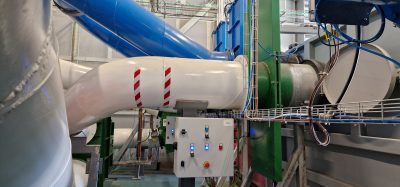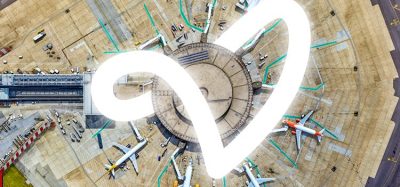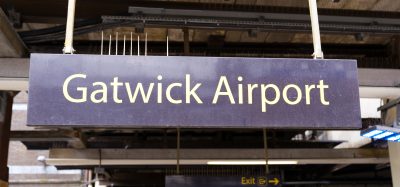Drones at BH Airport: Innovation and safety in airport management
- Like
- Digg
- Del
- Tumblr
- VKontakte
- Buffer
- Love This
- Odnoklassniki
- Meneame
- Blogger
- Amazon
- Yahoo Mail
- Gmail
- AOL
- Newsvine
- HackerNews
- Evernote
- MySpace
- Mail.ru
- Viadeo
- Line
- Comments
- Yummly
- SMS
- Viber
- Telegram
- Subscribe
- Skype
- Facebook Messenger
- Kakao
- LiveJournal
- Yammer
- Edgar
- Fintel
- Mix
- Instapaper
- Copy Link
Posted: 9 April 2025 | | No comments yet
Since their implementation at Belo Horizonte International Airport (SBCF) in 2021, drones have significantly transformed the management of airport operations and infrastructure. With applications ranging from pavement inspections and operational safety to fence monitoring and institutional image capturing, this technology has become an essential tool for modern airports. For International Airport Review, Pedro Stochi, Operational Safety Coordinator at BH Airport, explains further.
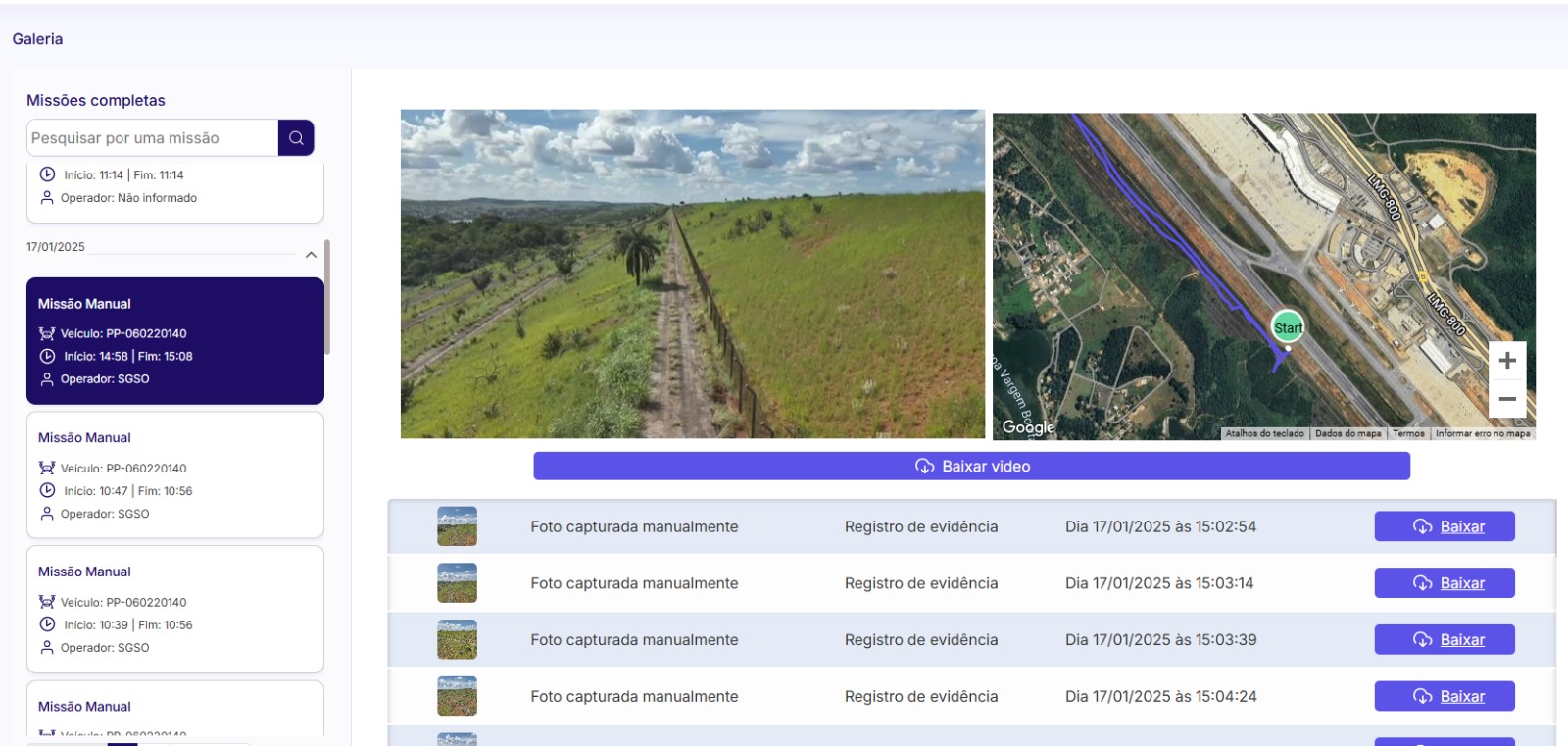

Figure 1 – Drone flight management platform with live streaming to operational areas and TWR (ATC). Credit: Stochi.
The evolution of drone usage at BH Airport
BH Airport has invested in integrating drones into various airport operations, yielding considerable benefits in safety, efficiency and site monitoring. The initial implementation focused on pavement inspections, operational procedures monitoring and airside infrastructure assessments. As regulations evolved and equipment improved, their use expanded into multiple areas, including:
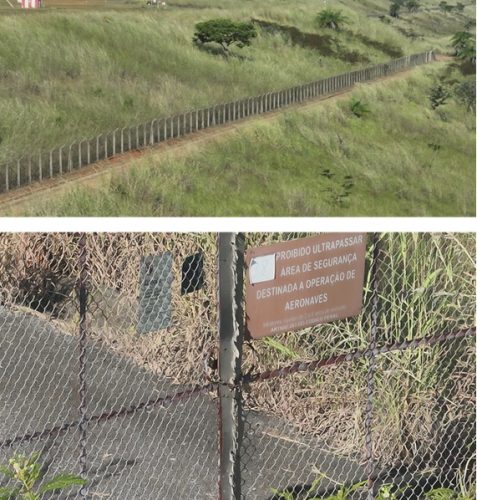

Caption: Figure 2 – Inspections of Fences and Operational Service Roads.
Copyright: Stochi
- Operational safety management: Detailed inspections of runways, aprons and taxiways to identify FOD sources, detect deformities, verify signage conditions, monitor the Pavement Condition Index (PCI) and identify other irregularities.
- Fence monitoring and perimeter security: Visual inspections of the airport’s physical barriers to identify damage and vulnerable points.
- Wildlife management: Monitoring bird and wildlife presence in the airport site to enhance fauna control and reduce aircraft collision risks, as well as identifying attractant sources in hard-to-reach areas.
- Restricted areas and access roads inspection: Surveillance of airport access roads and operational areas to ensure safety and identify potential risks.
- Support in aeronautical emergencies: Use in incident response operations, providing real-time aerial imagery to facilitate decision-making.
- Institutional media and training materials: Capturing images and videos for safety campaigns, training programmes, and institutional promotion.
The use of drones enables continuous and detailed analysis of airport infrastructure, optimising operational costs and minimising structural failure risks.
Methodology and regulation
The BH Airport drone is equipped with an ADS-B aircraft identification system, generating alerts, and identifying aircraft on the drone control screen, increasing operational confidence.”
Drone operations in Brazil follow the regulations set by agencies such as ANAC, ANATEL and DECEA. BH Airport operates drones in compliance with ICA 100-40, ensuring safe airspace operations and seamless integration with other airport activities. Drone operations at BH Airport strictly adhere to current regulations, ensuring legal compliance and safety. Key methodological aspects include:
- Air Traffic Control: Coordination with ATC CNF (DTCEA-CF) to ensure drone operations do not interfere with air traffic, or that they can be conducted in conjunction with airtraffic, maintaining safe separations between aircraft.
- Operational agreements: An operational agreement between BH Airport and the Belo Horizonte Air Traffic Control Authority aligns specific rules for drone usage within the SBCF airport site.
- Risk analysis: A detailed risk assessment of drone operations’ impact on airport activities, along with the definition of standard procedures for BH Airport drone operators.
- Safety technologies: The BH Airport drone is equipped with an ADS-B aircraft identification system, generating alerts, and identifying aircraft on the drone control screen, increasing operational confidence. Another enhanced feature is the live transmission of 4K camera footage via links to the TWR-CF, Airport Operations Centre, and Emergency Centre, significantly enhancing situational awareness during drone operations.
According to Brazilian regulations (ICA 100-40, 2023), all drone operations must be planned and coordinated to minimise risks and ensure airspace safety.
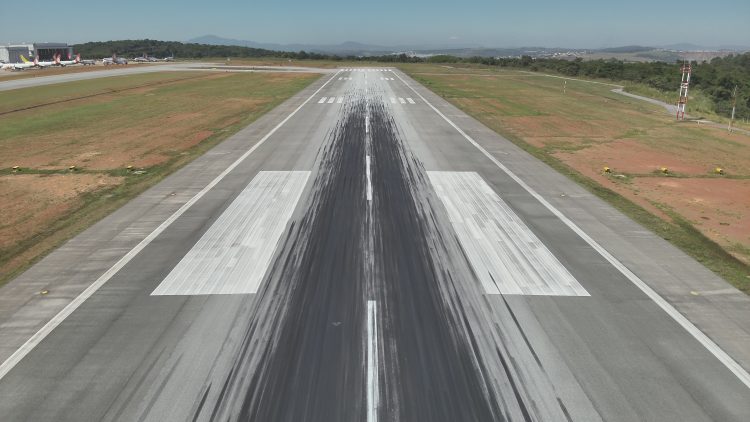

Drones can be used for detailed inspections of runways, aprons, and taxiways to identify FOD sources, detect deformities, verify signage conditions, monitor the Pavement Condition Index (PCI), and identify other irregularities. Credit: Stochi.
Benefits of drone utilisation at BH Airport
The use of drones at BH Airport has brought numerous operational advantages, including:
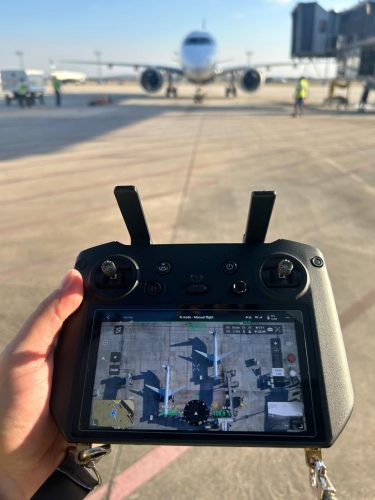

Copyright: Stochi
- Greater data collection accuracy: High-resolution images and videos allow for more detailed monitoring of airport infrastructure conditions.
- Reduced worker risks: Inspections of elevated areas and hard-to-access locations can be conducted without exposing personnel to hazards.
- Operational efficiency: The time required for inspections has been significantly reduced, optimising maintenance and safety routines.
- Continuous monitoring and data comparison: Systematic image capture enables tracking infrastructure evolution over time.
- Support for sustainability: Drone usage reduces the need for ground vehicles in some operations, contributing to lower carbon emissions.
Results and future expectations
The use of drones enables continuous and detailed analysis of airport infrastructure, optimising operational costs and minimising structural failure risks.”
The implementation of drones at BH Airport has led to significant advancements in operational efficiency and safety. Beyond the already established applications, the trend is to expand their use into new strategic areas, such as inspecting navigational aid equipment and monitoring road networks surrounding the airport.
Among the future test applications, drone support for inspecting and calibrating approach systems, such as the Precision Approach Path Indicator (PAPI), stands out. Drones enable quick and precise verification of these systems, ensuring greater reliability in visual and electronic signalling that guides aircraft during landings and approaches. These advancements reinforce BH Airport’s commitment to pioneering, safety, innovation, and sustainability, aligning operations with global best practices and driving airport efficiency responsibly.
Technological evolution continues to open new possibilities for airport management, and BH Airport remains at the forefront of innovation, incorporating intelligent solutions to enhance its processes and elevate operational safety standards.
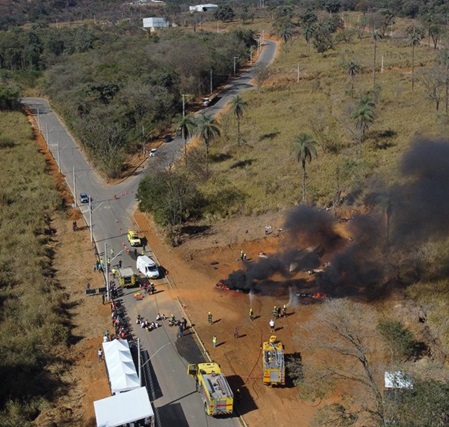

Caption: Figure 3 – Crisis monitoring and management – Simulated Aircraft Accident Exercise.
Copyright: Stochi
Conclusion
The adoption of drones at BH Airport represents a significant step in modernising airport operations. Beyond increasing efficiency and safety, this technology paves the way for future innovations that will further transform how airports manage their infrastructure and operations. With well-established regulations and a strategic implementation approach, drones will continue to play a crucial role in the evolution of the airport sector.
About the author


Related topics
Air traffic control/management (ATC/ATM), Airside operations, Drones, Engineering, Foreign object detection (FOD), Innovation, Operational efficiency, Safety, Sustainability, Wildlife hazards
Related airports
Belo Horizonte International Airport (SBCF), Florianópolis Airport, Maringá Airport, Quebec City Jean Lesage International Airport (YQB), Trinidad Airport
Related organisations
ACI World (Airports Council International), ACI-Latin America (Airports Council International), ANAC (National Civil Aviation Agency of Brazil), ANATEL (National Telecommunications Agency), ATC CNF (Air Traffic Control Belo Horizonte), BAIST (Brazilian Airport and Infrastructure Safety Team), Belo Horizonte Air Traffic Control Authority, BH Airport, DECEA (Department of Airspace Control)





